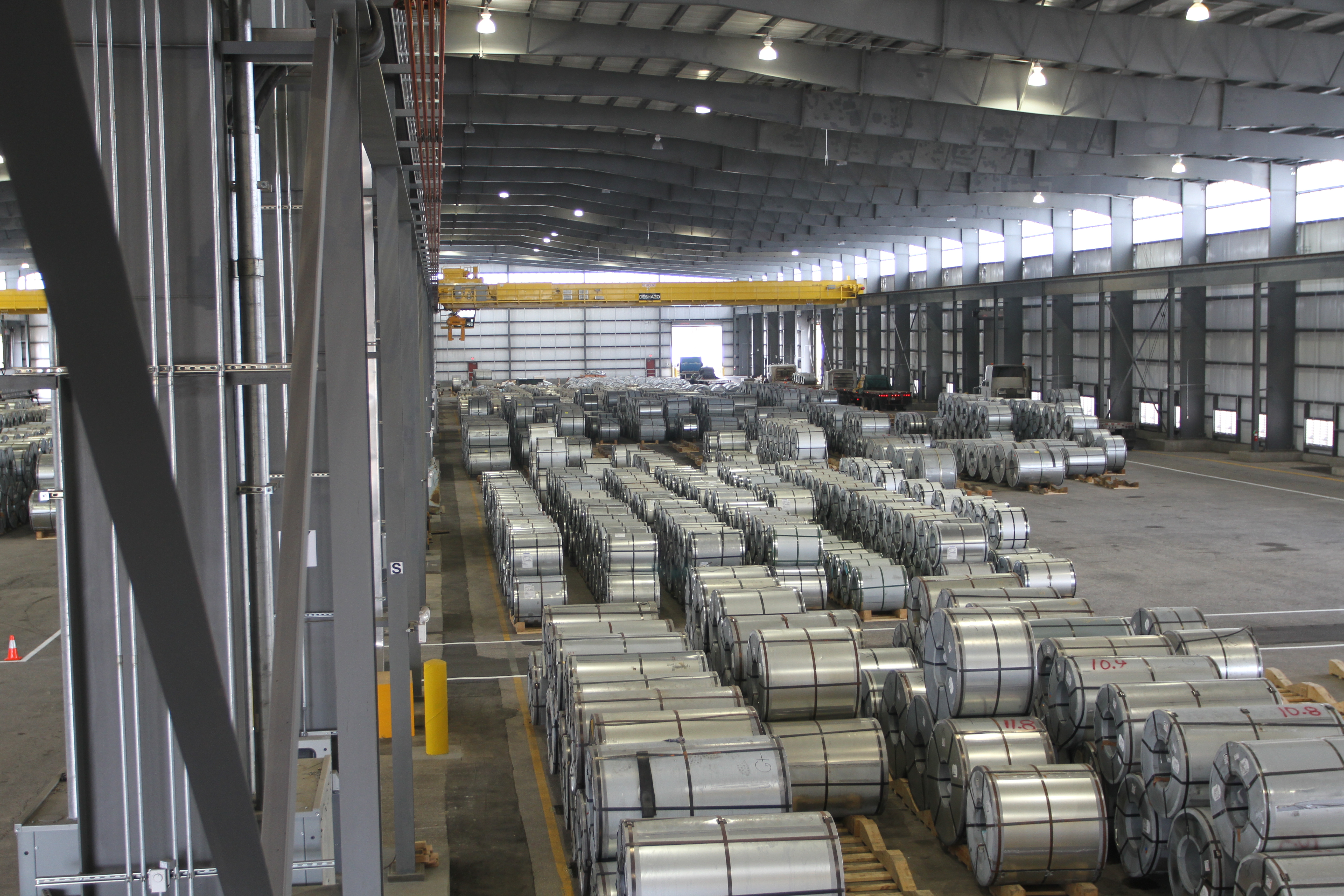Steel Markets

Home Sales Slip in December; Supply Lowest Since 1999
Written by Sandy Williams
January 24, 2018
Sales of existing homes slowed last month, reports the National Association of Realtors. Existing home sales slipped 3.6 percent in December to a seasonally adjusted annual rate of 5.57 million, down from November’s revised rate of 5.78 million. Single-family home sales were down 2.6 percent, while condo sales fell 11.6 percent.
Sales for 2017 totaled 5.51 million, a 1.1 percent increase from 2016 and the highest sales pace since 6.48 million in 2006.
“Existing sales concluded the year on a softer note, but they were guided higher these last 12 months by a multi-year streak of exceptional job growth, which ignited buyer demand,” said NAR Chief Economist Lawrence Yun. “At the same time, market conditions were far from perfect. New listings struggled to keep up with what was sold very quickly, and buying became less affordable in a large swath of the country. These two factors ultimately muted what should have been a stronger sales pace.”
The median sale price in December for a single-family home was $248,100, an increase of 5.8 percent year-over-year. The median existing condo price was $236,500, a 6.4 percent gain from a year ago.
Home inventory continues to be tight, dropping 11.4 percent at the end of December to 1.48 million existing homes for sale. Inventory has fallen year-over-year for 30 consecutive months and is now at a 3.2-month supply at the current sales pace, the lowest level since NAR began tracking in 1999.
“The lack of supply over the past year has been eye-opening and is why, even with strong job creation pushing wages higher, home price gains – at 5.8 percent nationally in 2017 – doubled the pace of income growth and were even swifter in several markets,” said Yun.
Sales declined across the country last month. Existing home sales in December fell 7.4 percent in the Northeast, 6.3 percent in the Midwest, 1.7 percent in the South and 1.6 percent in the West. Prices across all four regions continued to increase over year-ago levels.

Sandy Williams
Read more from Sandy WilliamsLatest in Steel Markets

USW cheers Evraz NA agreement with Atlas Holdings
The United Steelworkers (USW) labor union celebrated recent news of the signed agreement between Atlas Holdings and Evraz NA in which the Connecticut-based private equity company said it plans to acquire North America’s Evraz facilities.

Steel buyer spirits tempered by soft spot market conditions
Steel sheet buyers report feeling bogged down by the ongoing stresses of stagnant demand, news fatigue, tariff negotiations or implementation timelines, and persistent macroeconomic uncertainty.

Hot-rolled coil buyers continue seeking certainty
Steel market participants contend that buyers will remain in “wait-and-see" mode until some market stability is restored.

Latin American steel advocates warn on cheap import flood
Subsidized Chinese steel imports and cheap steel products from Association of Southeast Asian Nations (ASEAN) entering Latin American (LATAM) are threatening the region's steel market.

CRU: Steel prices fall amid global demand weakness
The forceful headwinds bearing down on steel markets across the globe have created demand challenges and sent prices southward. The US, however, challenged the global trend.
